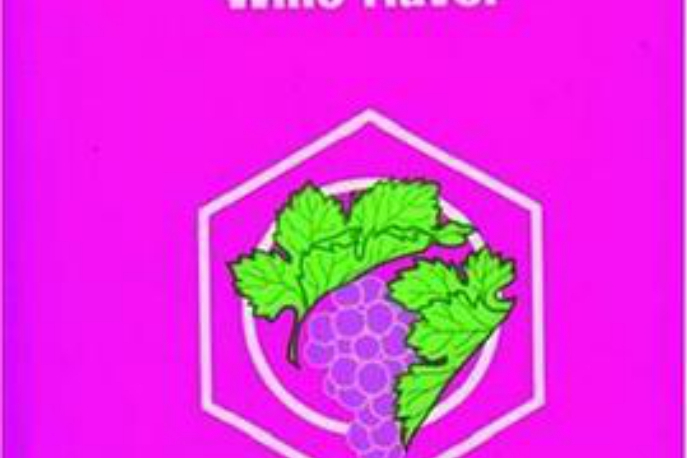《Chemistry of Wine Flavor》是1999年Oxford Univ Pr出版社出版的圖書,作者是 Waterhouse, Andrew L. (EDT)、Ebeler, Susan E. (EDT)、 American Chemical Society. Division of Agricultural and Food Chemistry (COR)和 American Chemical S。
基本介紹
- 書名:Chemistry of Wine Flavor
- 作者:Waterhouse, Andrew L. (EDT)、Ebeler, Susan E. (EDT)、 American Chemical Society. Division of Agricultural and Food Chemistry (COR)、American Chemical S
- 出版社:Oxford Univ Pr
- 出版時間:1999年1月
- 頁數:304 頁
- 定價:55.31 美元
- 裝幀:HRD
- ISBN:9780841235922
內容簡介
Preface
The complexity of wine composition has always challenged chemists and, as a result, there have been many meetings to discuss the chemistry and the related flavors. Scientific interest in these flavors has led to an increased understanding of wine chemistry, biochemistry, and sensory perception, and meetings of the American Chemical Society have provided an important forum for sharing these discoveries: from a presentation by Andre Tchelistcheff on malolactic fermentation at the 1949 ACS meeting in San Francisco, to the most recent Wine Flavor Chemistry Symposium at the 1997 meeting in San Francisco, from which this volume is derived.
The first five chapters of this book focus on the grape derived and varietal flavors of wines. Many of these compounds occur as nonvolatile glycosidic flavor precursors and the separation and analysis of these precursors has been a challenging and active field of research. The isolation and quantification of trace volatiles represent examples of the difficulties faced by flavor chemists as they attempt to characterize varietal flavors with sensory thresholds in the parts per trillion range and lower.
The unique flavors of wines are due not only to grape flavors but also to those formed during the primary yeast fermentation and any secondary bacterial or yeast fermentations which can occur. Many of the factors affecting fermentation related flavors remain controversial (e.g., spontaneous vs. inoculated yeast fermentations) or are still not well understood. The effects of grape composition, seasonal variations, and the identification of odor impact compounds need much more investigation. However, novel enzymatic syntheses are leading to an increased understanding of the pathways by which fermentation flavors are formed. These topics are discussed in Chapter 6-9.
The contribution of polyphenols to the bitter taste and astringent mouthfeel of wine are the focus of Chapters 10-12. The effects of grape growing region, wine processing (filtration and fining), and aging are discussed as they relate to polyphenol composition and taste. Finally, the characterization of aromas related to wine maturation, aging in oak cooperage, the cork stopper, and the role of component interactions on flavor volatility and perception are the focus of the final four chapters of the book.
The authors, whose chapters appear in this book, represent a cross-section of the current international generation of experts in the field of wine flavor chemistry. But like all science, current research in wine chemistry builds on the findings of pioneers in the field. For instance, early studies on wine phenolics by Dr. Vernon L. Singleton and on wine and sherry volatiles by Dr. A. Dinsmoor Webb have been further developed by other scientists and former colleagues in other parts of the world. While not all of the early wine chemists are individually named in this book, their contributions were essential for achieving our current state of knowledge. As such, this ACS Wine Flavor Chemistry Symposium represented an exciting mixture of topics, speakers, scientific history, and recent discoveries, and this proceedings presents one of the most current collections of wine flavor chemistry that is available.
We would like to thank the contributors, Ms. Diane Eschenbaum for administrative assistance, and the following individuals and organizations who financially contributed to making the symposium a success: The American Society for Enology and Viticulture, the Department of Viticulture and Enology at the University of California at Davis, the E & J Gallo Winery, the Robert Mondavi Winery, ETS Laboratories, and the ACS Division of Agricultural and Food Chemistry.
Andrew L. Waterhouse
Department of Viticulture and Enology
University of California, Davis
Davis, CA 95616-8749
Susan E. Ebeler
Department of Viticulture and Enology
University of California, Davis
Davis, CA 95616-8749

